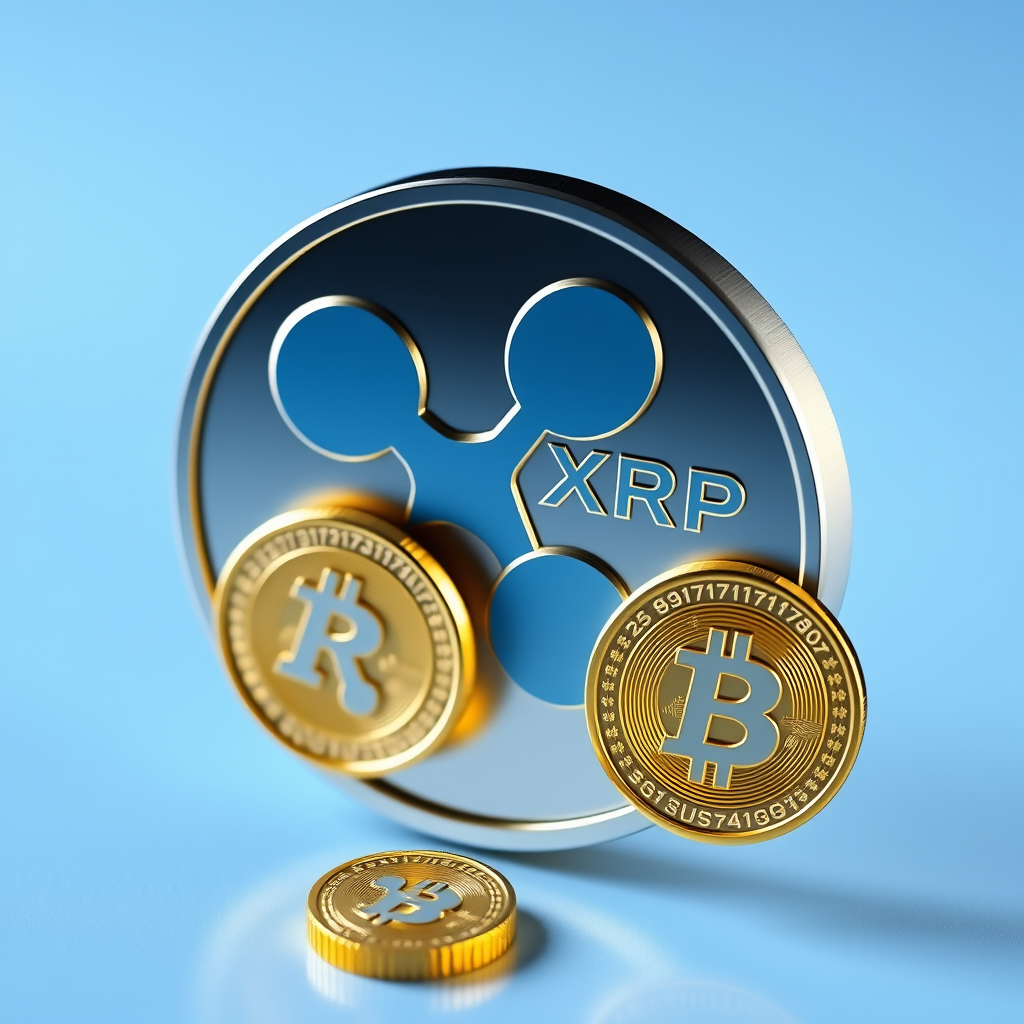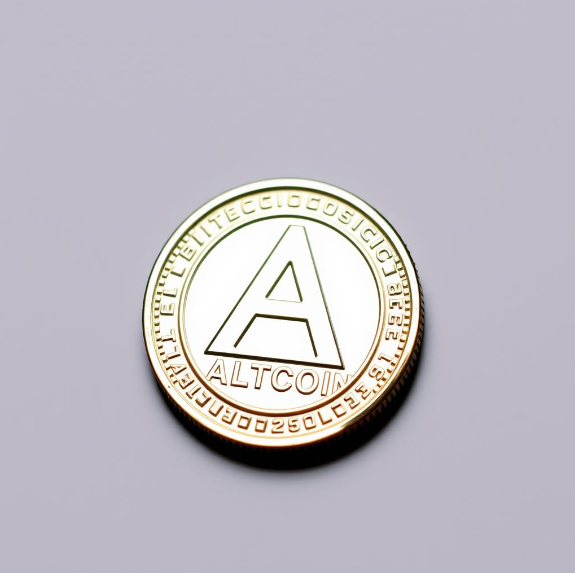What is Kaspa?
Kaspa is a next-generation blockchain that has gained attention for its unique architecture and scalability. Unlike many traditional blockchains, Kaspa uses a Directed Acyclic Graph (DAG) structure, which allows multiple blocks to be processed simultaneously, increasing transaction throughput and efficiency.
Key Points:
- Scalability: Kaspa can handle thousands of transactions per second.
- Block Time: Blocks are generated every second, making it incredibly fast.
- Mining Potential: Due to its growing popularity, mining Kaspa is becoming more profitable, especially when joining a pool.
What is a Mining Pool?
Mining pools are groups of miners who combine their computational resources to increase their chances of solving a block and earning rewards. Instead of working alone (solo mining), pool miners work together, and the rewards are distributed based on each participant's contribution.
Key Points:
- Increased Earnings: Pool mining offers smaller but more consistent payouts than solo mining.
- Lower Risk: Joining a pool reduces the risk of long periods without rewards.
- Accessibility: Mining pools make it easier for beginners to participate in Kaspa mining without needing massive amounts of hash power.
How to Choose the Best Kaspa Mining Pool
Selecting the right mining pool can significantly affect your profitability. Not all pools are created equal, and it’s essential to consider various factors before committing to one. Let’s break down the most critical aspects you should evaluate when choosing a Kaspa mining pool to ensure you're maximizing your rewards and efficiency.
Pool Size
Pool size plays a crucial role in determining your overall experience and profitability in a mining pool. Larger pools have more consistent payouts because their combined computational power gives them a higher chance of solving blocks regularly. However, because so many miners are sharing in the rewards, your individual payout might be smaller compared to smaller pools. On the other hand, smaller pools may offer larger payouts per miner, but they can be less consistent in generating rewards. Ultimately, your choice should depend on whether you value steady, smaller payouts or are willing to wait longer for larger rewards.
Fees
Most mining pools charge a small fee for their services, typically ranging from 1% to 2% of your mining rewards. These fees cover operational costs, including server maintenance, security, and overall performance. When choosing a pool, finding one with low fees is important, but don’t sacrifice reliability for cost savings. Some low-fee pools may have frequent downtime or poor customer support, which can impact your overall mining efficiency. Look for a pool with a fee structure that balances cost with reliability, and ensure they have a reputation for smooth operations and timely payouts.
Payout Scheme
Different mining pools employ various payout schemes, which dictate how and when miners receive their rewards. Two of the most common models are PPS (Pay-Per-Share) and PPLNS (Pay-Per-Last-N-Shares). With PPS, you get paid a fixed amount for each valid share of work you contribute, regardless of whether the pool successfully mines a block. In contrast, PPLNS rewards you based on the shares you contributed toward successfully mined blocks, meaning payouts may be more irregular. The right scheme for you depends on your tolerance for risk and preferred payout frequency. PPS is more predictable, while PPLNS can offer higher rewards over time.
Location
The location of a mining pool’s servers relative to you can have a significant impact on your mining performance. The closer the pool’s servers are to your location, the lower the latency between your hardware and the pool, resulting in more efficient mining. High latency can cause delays in transmitting work and receiving new block data, which can lower your effective hashrate and, by extension, your earnings. Always opt for a pool with geographically nearby servers to ensure minimal lag, especially if you're running a high-performance setup.
The Top Features of a Good Kaspa Mining Pool
When evaluating different Kaspa mining pools, it’s essential to look out for specific features that will maximize your mining efficiency and profitability. Let’s explore the top features to focus on when selecting the best pool for Kaspa mining.
Low Fees
One of the most critical features of any mining pool is its fee structure. Low fees are essential to ensure that you’re retaining a significant portion of your mining rewards. Pools with high fees can eat into your profits, making the entire operation less lucrative. However, while it’s important to prioritize low fees, make sure that the pool is still offering a high level of service. Sometimes, pools with slightly higher fees offer additional benefits, such as faster payouts, better support, and enhanced security, which can compensate for the extra cost in the long run.
High Payout Frequency
A good mining pool should offer frequent payouts, allowing you to withdraw your earnings quickly and regularly. High payout frequency is beneficial because it provides more immediate access to your rewards, especially during periods of high market volatility. Pools with delayed or infrequent payout schedules can make it harder for miners to manage their finances or reinvest profits. When selecting a pool, check how often they distribute payouts and whether they have a minimum threshold before withdrawals. The best pools offer daily or even hourly payouts without excessive minimums.
User-Friendly Interface
Mining pools that feature a user-friendly interface are easier to navigate and more efficient to use, particularly for beginners. A well-designed platform allows you to monitor your mining activity, payouts, and performance metrics without confusion or difficulty. This ease of use saves time and helps you optimize your setup by providing real-time data on your contribution to the pool. Additionally, intuitive dashboards enable you to troubleshoot issues quickly or adjust settings as needed. For advanced miners, look for pools that offer more in-depth analytics and customization options.
Community Support
Active community support is an often-overlooked but essential feature of a mining pool. A pool with a strong and engaged community can provide valuable insights, updates, and advice that help you optimize your mining operation. Additionally, a supportive community can alert you to potential issues with the pool or offer tips for improving your performance. Many successful mining pools have dedicated forums, social media groups, or Discord channels where miners can exchange information and stay up-to-date on pool developments. Look for pools with vibrant, active communities that regularly communicate with their members.
Security
Security should be a top priority when choosing a mining pool. A pool that takes security seriously will have strong measures in place to protect your data and earnings from hacks or malicious attacks. Key security features include DDoS protection, SSL encryption, and regular server maintenance. Additionally, look for pools that provide transparency regarding their operations, including regular updates on their infrastructure and any incidents. Pools with good security measures offer peace of mind, ensuring that your mining rewards are protected and that you won’t suffer unexpected downtime due to security breaches.
Step-by-Step Guide to Joining a Kaspa Mining Pool
Joining a Kaspa mining pool is relatively simple and follows a similar process to other crypto mining pools. Here’s how to get started:
-
- Set Up Your Mining Hardware: Ensure your GPU or ASIC setup is optimized for Kaspa mining.
-
- Install Mining Software: Download compatible mining software like GMiner or TeamRedMiner that supports Kaspa.
-
- Choose a Mining Pool: Select a reliable Kaspa mining pool based on the factors discussed above.
-
- Register and Configure Your Software: Once you’ve registered on the pool's website, configure your mining software to connect to the pool by entering your pool’s address and your wallet information.
-
- Start Mining: Launch the mining software and begin contributing your hash power to the pool!
Maximizing Your Earnings in a Kaspa Mining Pool
Once you’re part of a Kaspa mining pool, there are several strategies you can use to increase your earnings.
Tips for Boosting Earnings:
- Optimize Your Hardware: Make sure your mining hardware is running at peak performance by updating drivers, adjusting overclocking settings, and ensuring proper cooling.
- Monitor Pool Statistics: Keep an eye on your mining pool’s hash rate and rewards distribution. If the pool performance drops, consider switching to a more efficient pool.
- Adjust Power Settings: Power usage is a significant cost for miners. Balancing performance with energy consumption is key to maximizing profitability.
- Stay Updated: Follow mining forums and community discussions to stay informed about new optimizations, software updates, and other opportunities for increasing mining efficiency.
FAQ: Best Kaspa Mining Pools and Platforms
What is the difference between mining Kaspa in a pool and solo mining?
Mining Kaspa in a pool allows miners to combine their computing power, increasing the chances of earning rewards more consistently. In solo mining, you rely solely on your own hardware’s power, which can result in irregular and potentially less frequent payouts. Pool mining offers smaller but regular rewards, while solo mining can lead to higher but sporadic payouts.
How is the reward distributed in a Kaspa mining pool?
In a Kaspa mining pool, rewards are distributed based on the amount of work contributed by each miner. Typically, this is calculated using shares, which represent the miner’s contribution to solving the block. Depending on the pool’s payout scheme (e.g., PPS or PPLNS), miners are paid either per share or based on the last shares submitted before a block is mined.
Can I use any hardware to mine in a Kaspa pool?
Kaspa mining pools generally support a variety of mining hardware, including GPUs and specialized mining rigs. However, it's essential to check the pool’s specifications to ensure compatibility with your equipment. Some pools may perform better with specific types of hardware or mining software, so optimizing your setup is crucial to ensure maximum efficiency and profitability.
What are orphan blocks, and how do they affect mining pools?
Orphan blocks are valid blocks that were not included in the blockchain due to another block being accepted first. In a mining pool, orphan blocks can affect the pool’s overall efficiency as they don't contribute to rewards. Although miners still get shares for their work, the pool doesn't receive a reward for orphaned blocks, which could slightly reduce total payouts.
Do Kaspa mining pools require special software to participate?
Yes, to join a Kaspa mining pool, you will need compatible mining software that allows your hardware to communicate with the pool’s server. Most pools recommend specific software depending on your hardware setup, such as GPU miners or ASIC-compatible tools. This software is usually easy to install and configure with the pool’s mining address and your wallet information.
Are Kaspa mining pools decentralized?
Most mining pools are not decentralized; they are managed by a central entity that oversees the pool’s operations. However, some mining pools aim to operate in a more decentralized manner by distributing control among participants. While pools can decentralize the mining process by pooling resources, the actual management of the pool often remains in the hands of a central authority.
How does network difficulty affect mining in a Kaspa pool?
Network difficulty is a measure of how hard it is to mine a new block. As network difficulty increases, it becomes harder for miners to find valid blocks, which can reduce profitability. In a mining pool, increased difficulty means more computational power is required to maintain the same level of rewards, making pool participation even more important for smaller miners to stay competitive.
Can I switch between mining pools without losing progress?
Yes, you can switch between Kaspa mining pools without losing progress. However, when you switch, you will need to set up your mining software to connect to the new pool, and your rewards will start accumulating based on the new pool’s payout scheme. If you are using a pool with a PPLNS scheme, you may lose out on some pending payouts, as rewards are tied to recent shares.
Is there a minimum payout threshold in Kaspa mining pools?
Most Kaspa mining pools have a minimum payout threshold, which means you need to accumulate a certain amount of rewards before the pool sends the funds to your wallet. The threshold varies depending on the pool, but it is usually set at a reasonable level to avoid unnecessary transaction fees. It's a good idea to check the pool’s payout policy before joining.
How can I monitor my performance in a Kaspa mining pool?
Kaspa mining pools typically provide a dashboard where you can monitor your performance in real-time. This includes data on your hash rate, the number of shares you've submitted, and the rewards you’ve earned so far. Some pools also offer mobile apps or email alerts to keep you updated on your mining activity, making it easier to track your earnings and adjust your setup as needed.

















